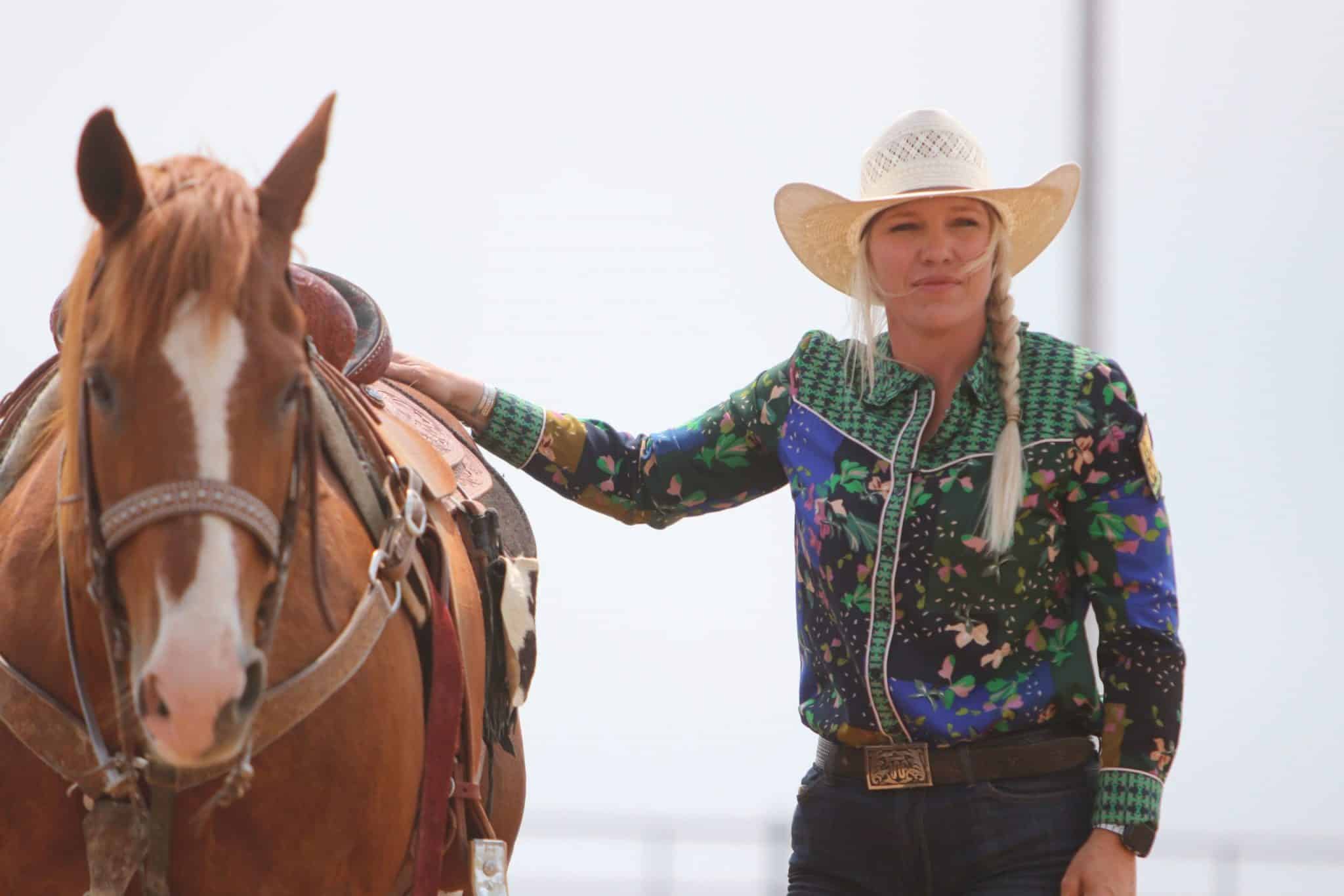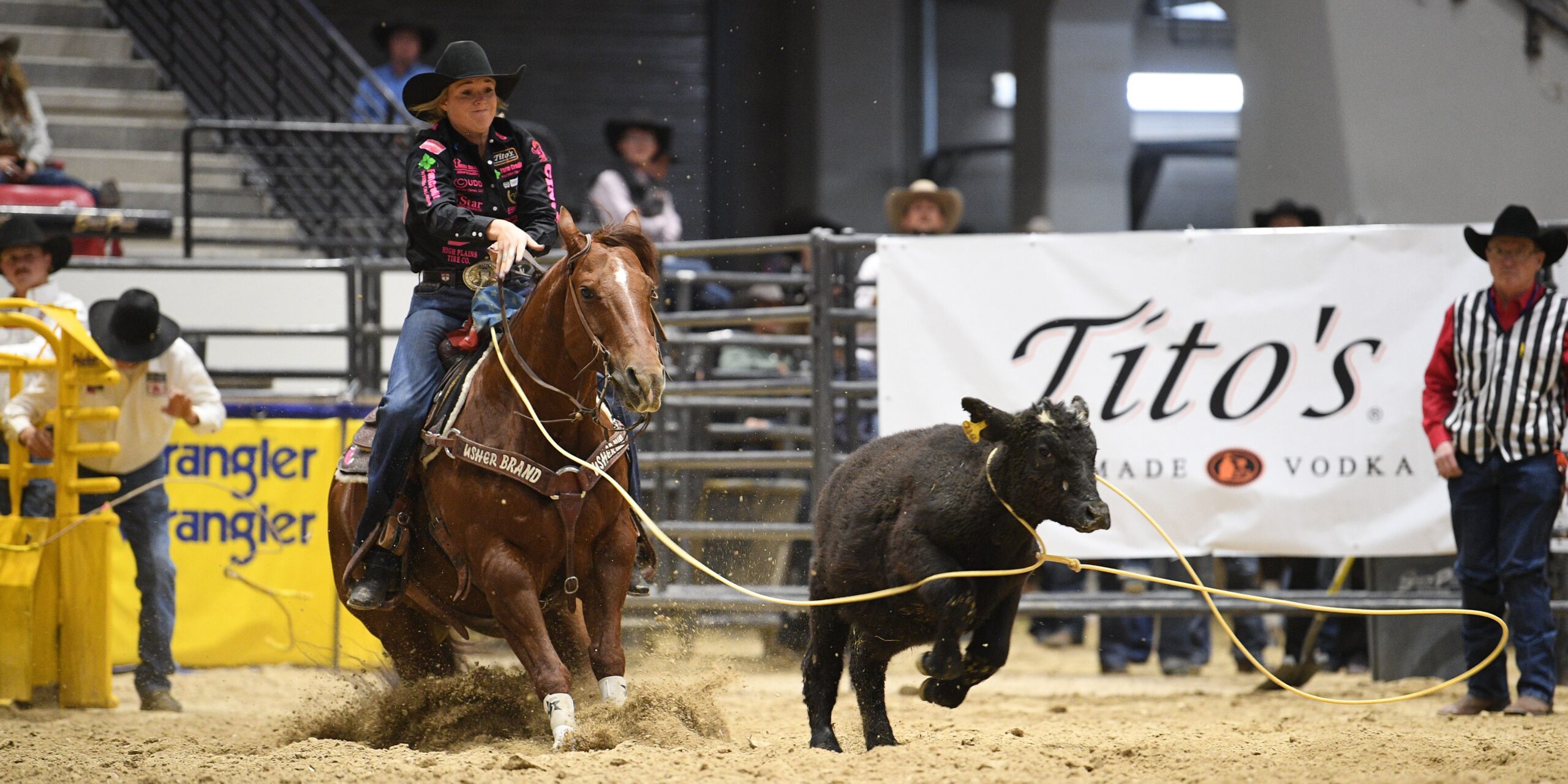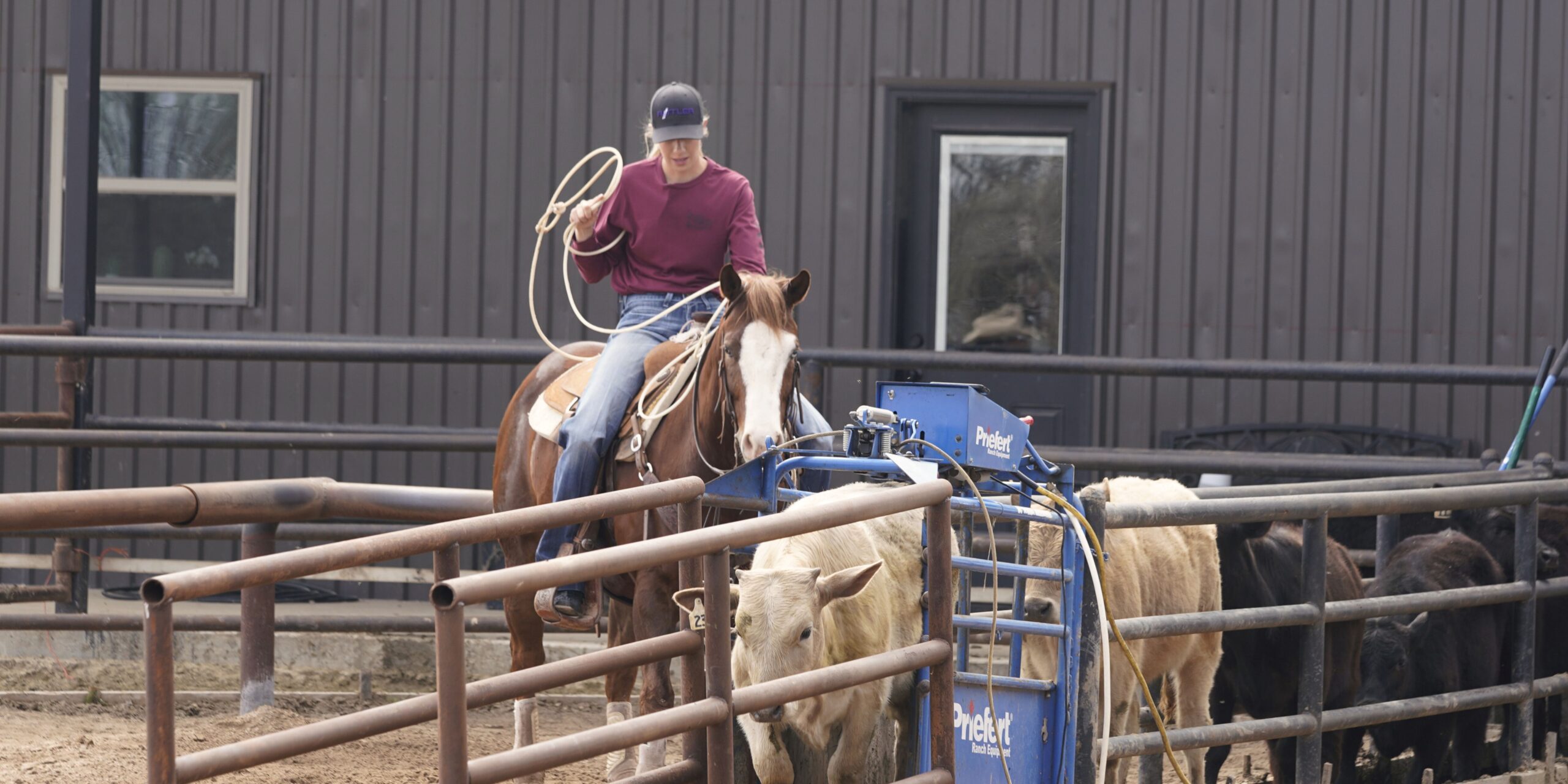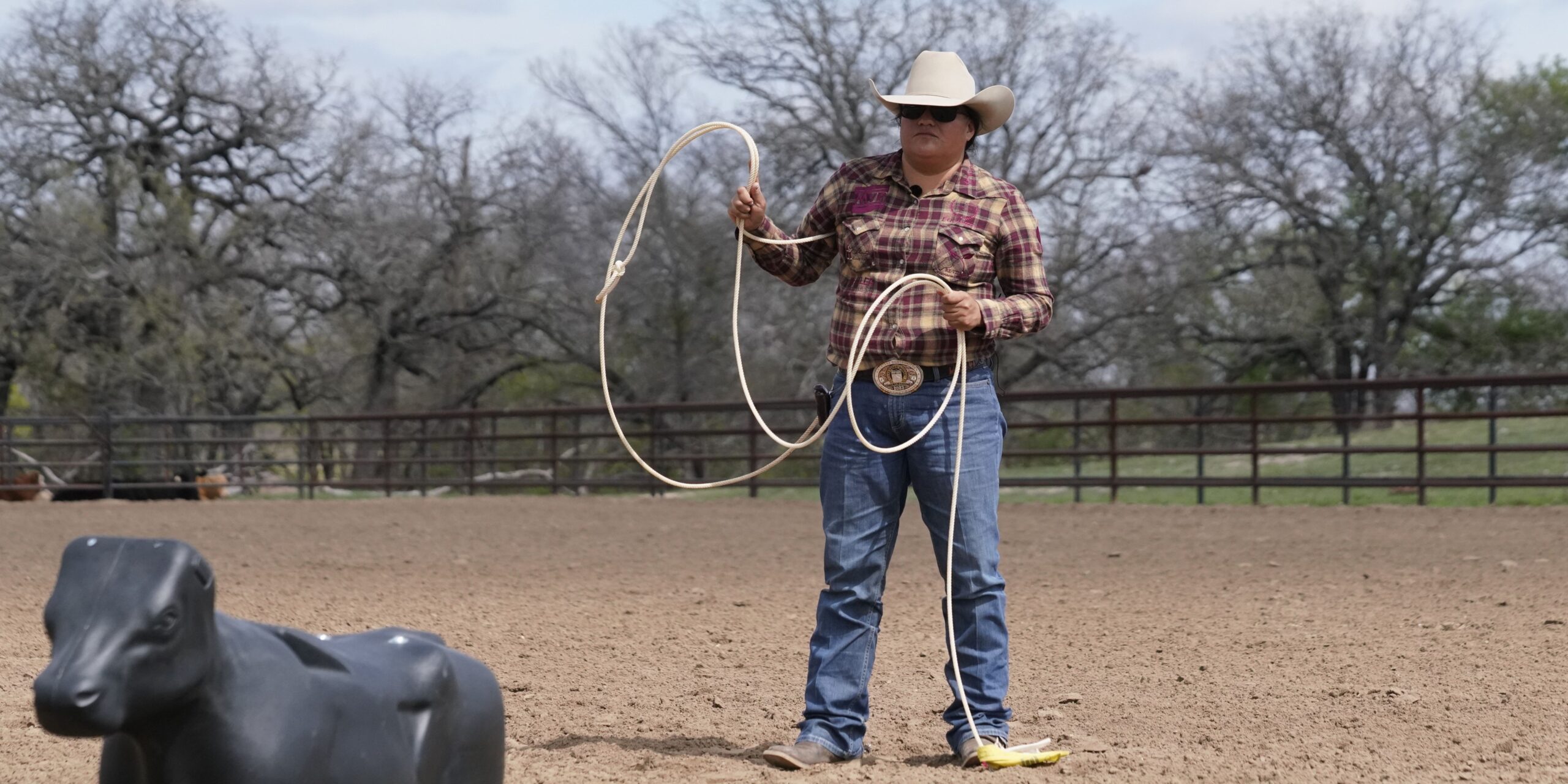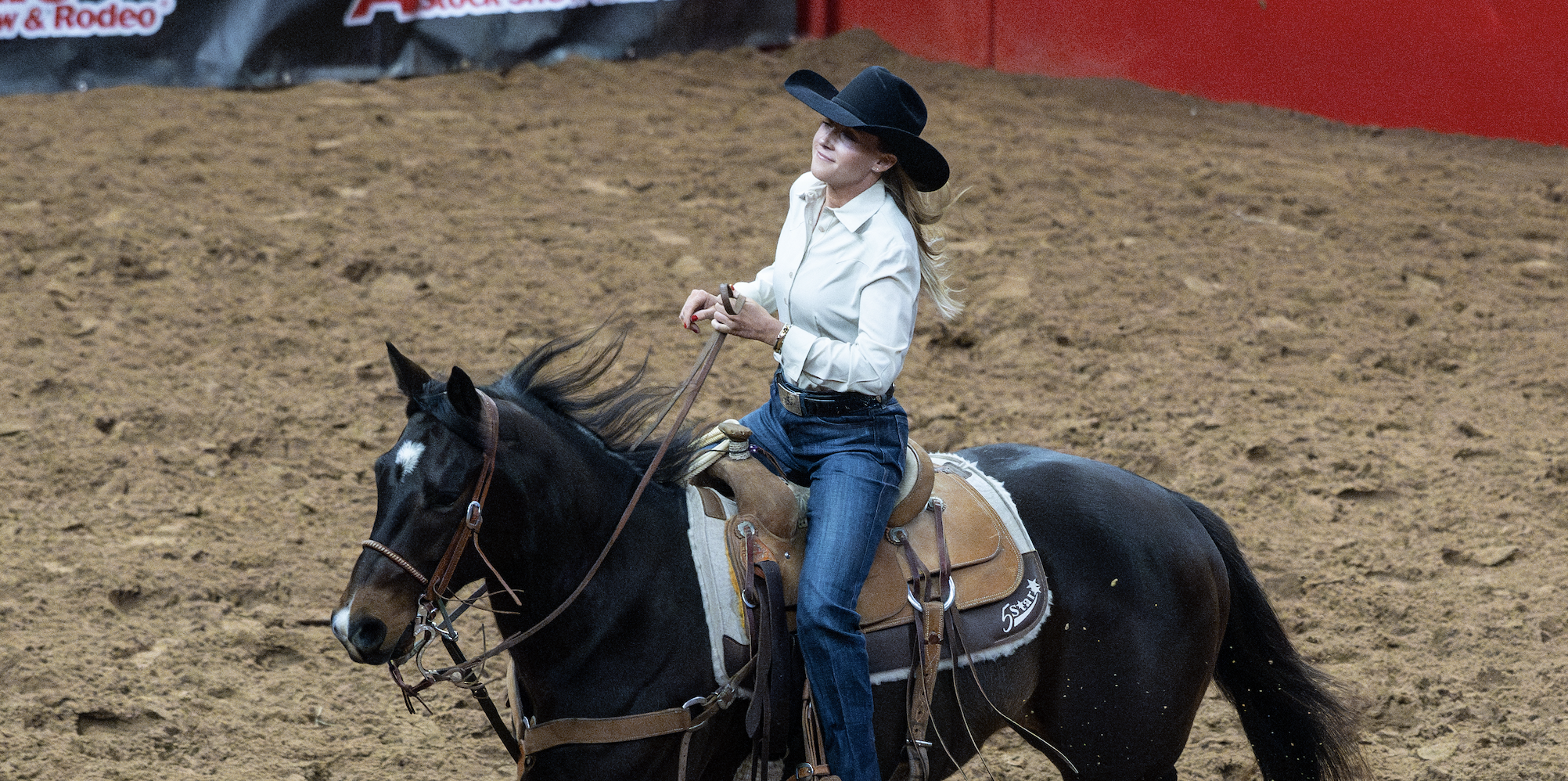Fine-tuning the fit of your breakaway horse’s tack can give you a critical performance edge. Gear that is properly fitted to the horse and roper can improve comfort, balance and freedom of movement—all necessary components in clean, fast runs.
Roping.com coach and WRWC Commissioner Linsay Rosser-Sumpter shares her breakaway gear preferences. Watch the full video on Roping.com.
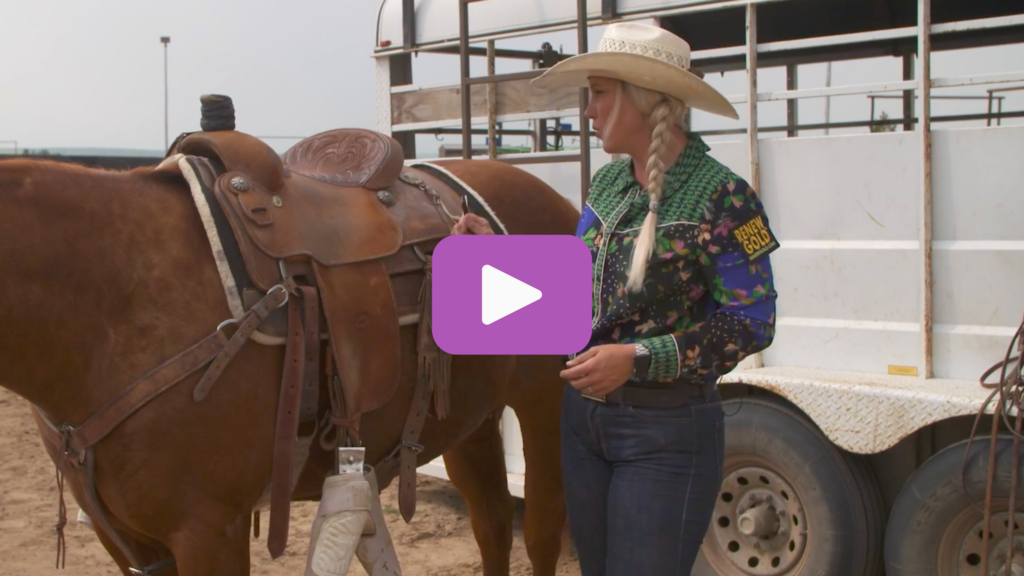
Saddle pad
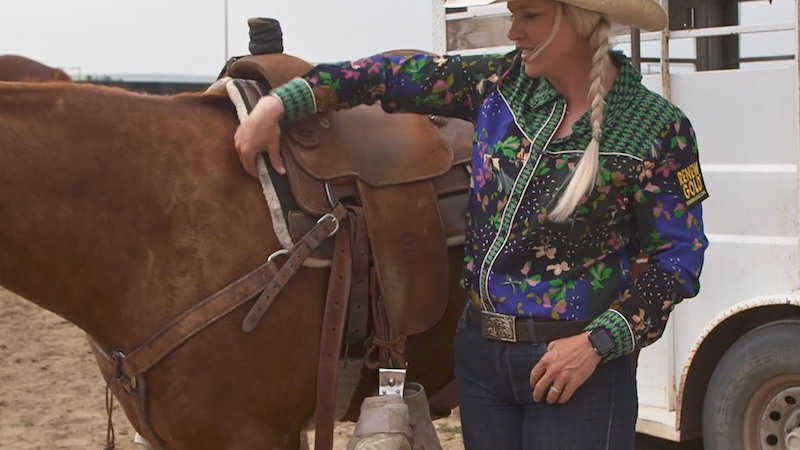
“You want to get a nice pad that’s at least an inch thick. I prefer the fleece-lined pads.”
Breakaway roping saddle
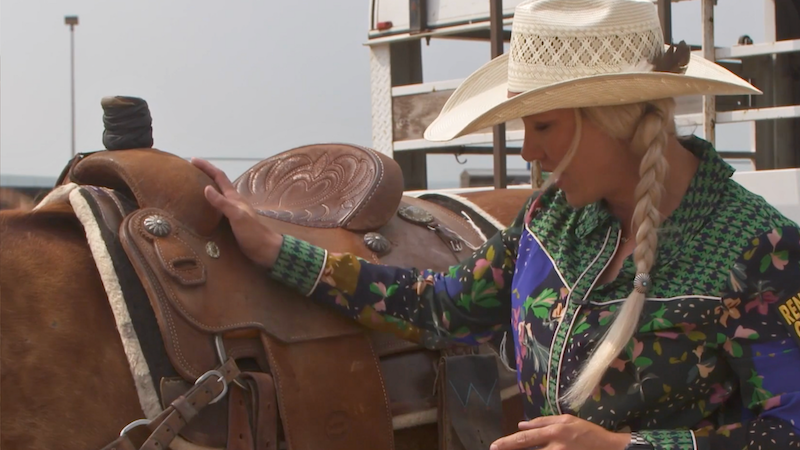
“I like a smaller saddle This is a 14-and-a-half. This saddle is a Travis McIntyre, but you can rope in a barrel saddle if that’s the fit you like for yourself. This saddle has a lower front end, so it’s easy for me to get to the front of my saddle to get to my calf. Body position in the saddle is really important, so you want a saddle you can get out of and get to the front of to rope your calf the fastest.”
Breast collar

“I like to use a breast collar. It’s a bit of a safety tool. If your saddle isn’t fitting quite right, your saddle can slide back and this breast collar will help hold your saddle in place.”
Cinch fit

“You want your cinch to fit right behind their elbow. When I rope, I have my front and back cinch tight. You don’t want a lot of play. And you want to make sure your hobble strap is nice and short so your back cinch isn’t set too far back. When a horse really stops, that back cinch will hold your saddle in place.”
Stirrup position
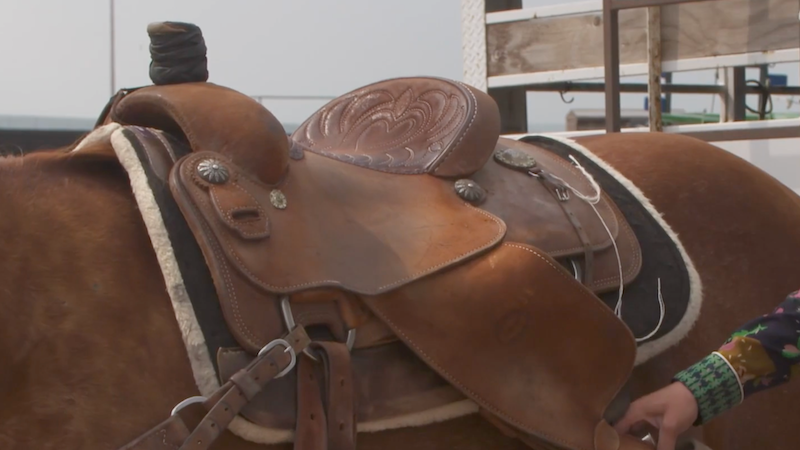
“I like my stirrups to fit straight off my cantle. I don’t like them too far forward or too far back. You don’t want your feet to be too far back when you’re roping because if you spray your horse in the flank, that might be a good way to have a rodeo.”
Stirrup style
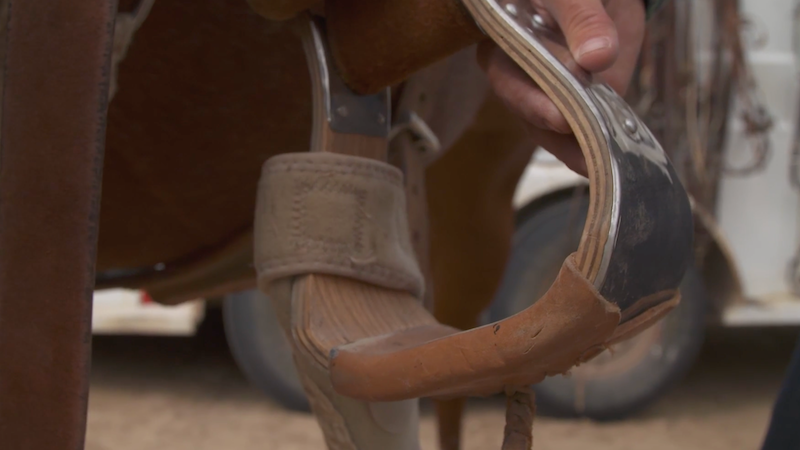
“I like to use a wider stirrup. This is a bell stirrup. You can use a smaller stirrup, but I would probably avoid an oxbow-type stirrup. A wider bell gives you a solid base so you can get to the front of your saddle.”
The Breakaway Gear playlist on Roping.com covers everything from ropes and saddles to tack and proper gear maintenance. Whether you’re just starting out or looking to upgrade your gear, learn how to select and use the right equipment for optimal performance.





